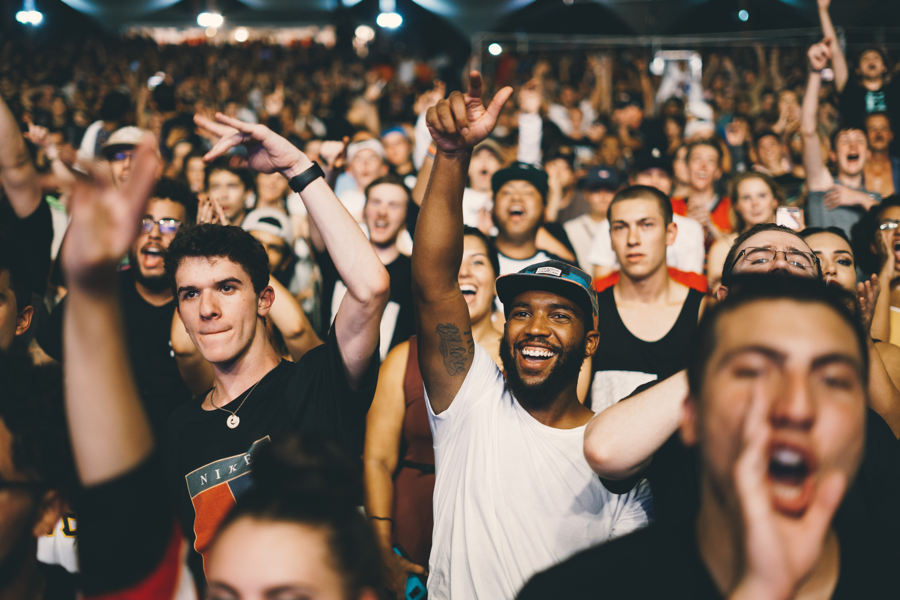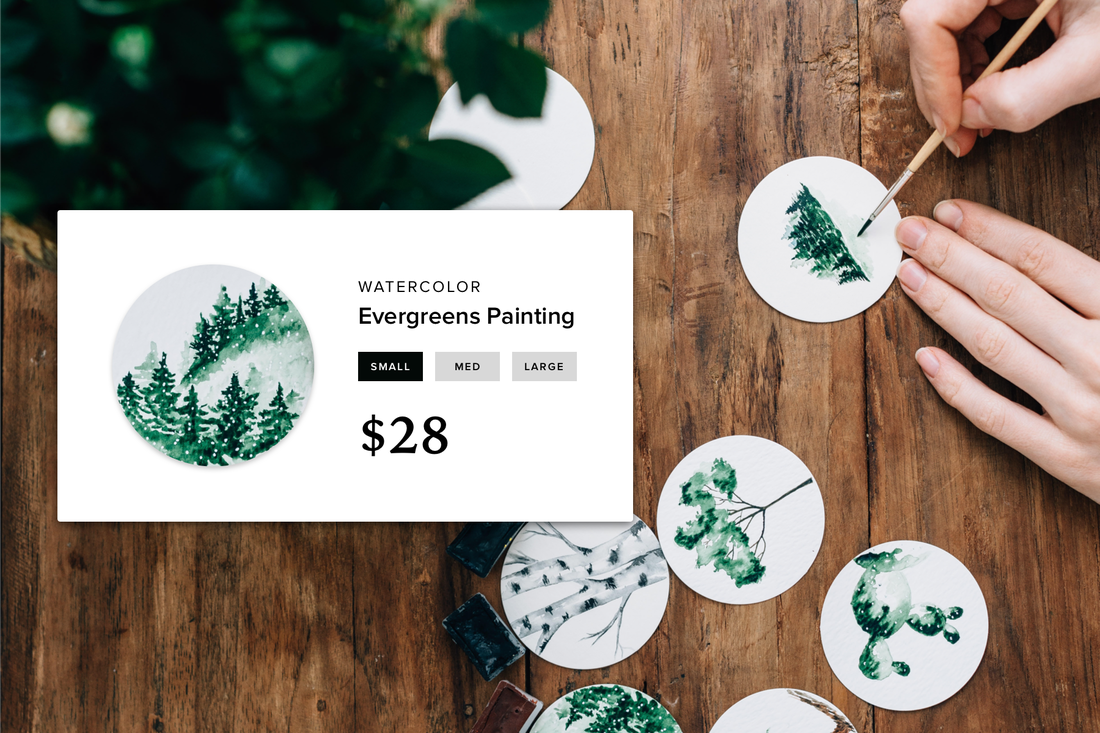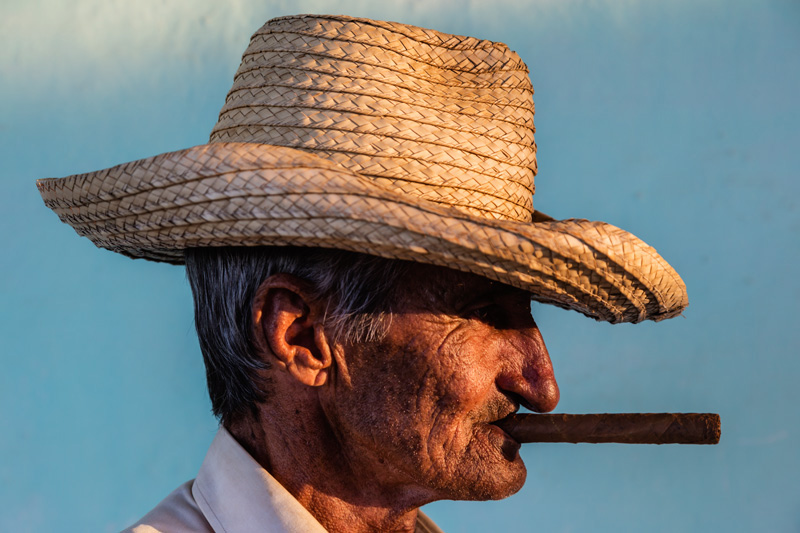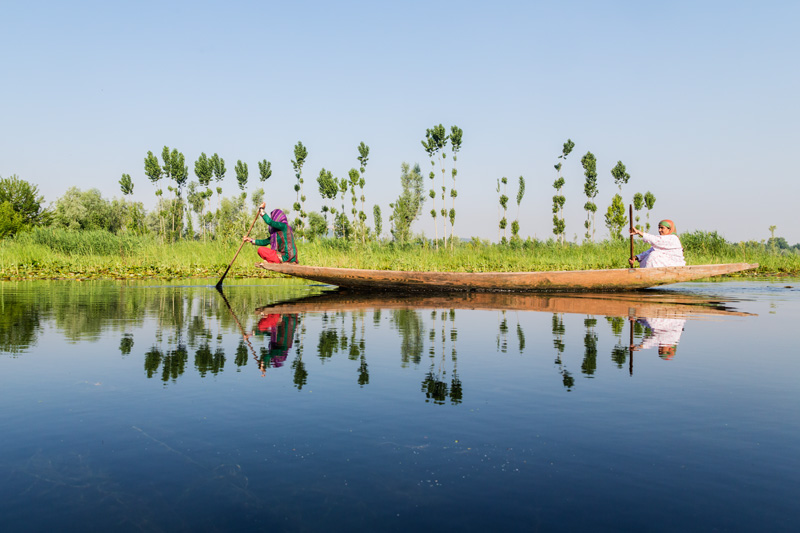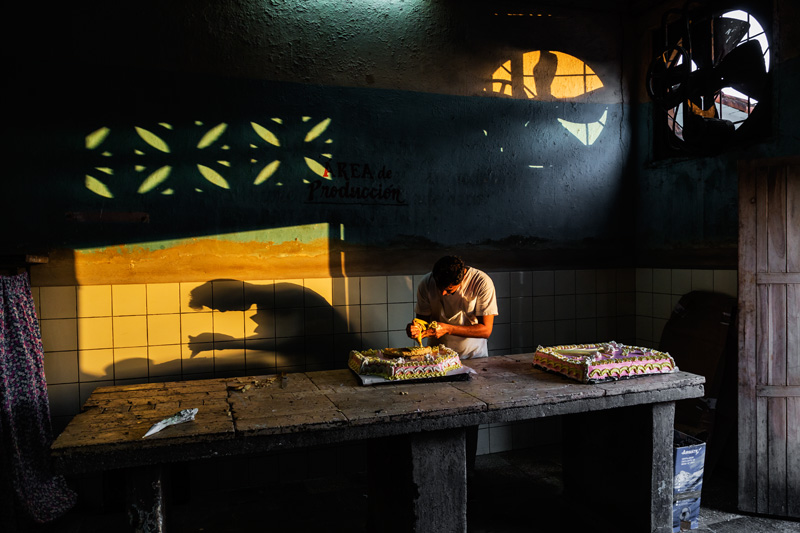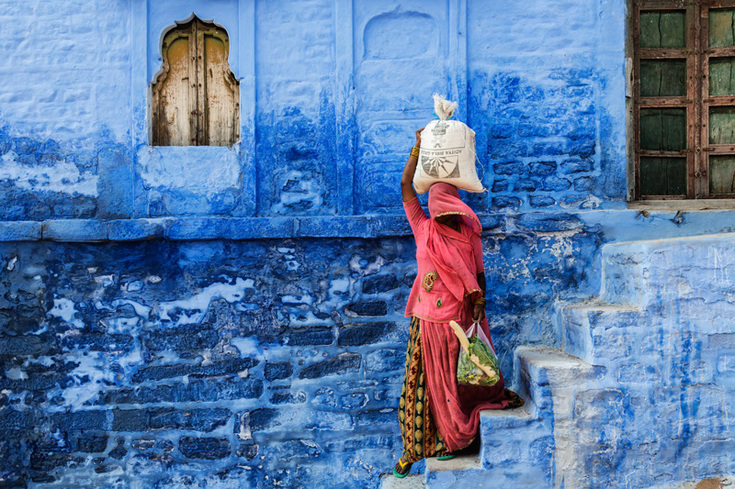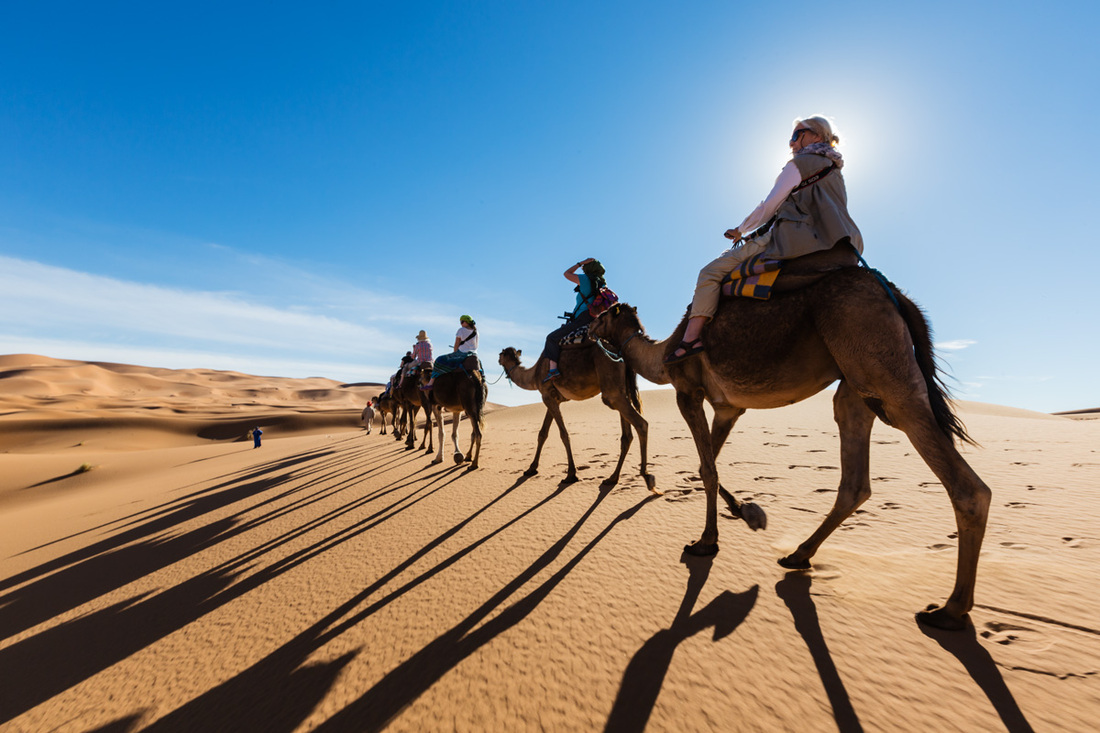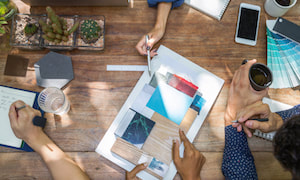In a world where an estimated 200,000 photographs are uploaded to the internet every minute, how do you make yours stand out from the crowd?
Even if you’re not a professional, there are a few things that you can do to help take your own photographs to the next level. Before you begin posting images to your website or social sharing page, lets take a look at the five key photograph attributes that will help ensure you’re taking, and utilizing, only those images of the highest quality.
Even if you’re not a professional, there are a few things that you can do to help take your own photographs to the next level. Before you begin posting images to your website or social sharing page, lets take a look at the five key photograph attributes that will help ensure you’re taking, and utilizing, only those images of the highest quality.
Subject
Probably the most important element of a good picture is a strong and compelling subject. Without this, it will be harder to identify the story you’re trying to tell.
This image was one I had pre-visualized. While paddling among the floating gardens on Dal Lake in Kashmir, I came across this row of trees perfectly reflected in the mirror-calm water. After taking a few images I decided to wait until another shikara came by, and keeping the camera as close as possible to the surface of the water, I was able to create an almost perfect mirror image. The splash of color and the position of the front paddle (the gesture), and the symmetry each adds to the strength of the image.
Lighting
A photograph is two dimensional but with careful use of directional lighting to add modeling (or texture) to the subject, the photo can appear almost three dimensional. Similarly, the time of day is important. High noon will result in harsh, flat light while the lower angle of the sun at the “edge” of the day will result in softer, warmer light.
Late one afternoon while I was walking in the streets of Trinidad, Cuba, I noticed the amazing sunset light shining in on this bakery. The shadows cast by the baker and the old-school fan in the wall were perfect. It is light like this that can turn an ordinary photo into an extraordinary one.
Color
When I saw this woman in Jodhpur, India carefully walking down the steps from her home, I nearly gave myself a hernia getting into position to capture the moment. Definitely my favorite attribute in this photograph is its great complementing colors – red and blue. This photo has a great subject, the light is soft, composition is strong, and the gesture (implied movement) of her pointed foot in the yellow and green flip flop all add to the beauty of the image.
Composition
Very simply put, composition in a photograph is the placement or arrangement of visual elements, as distinct from the subject of a photograph.
This image contains several very strong compositional elements which make it work, most important of which are the radiating lines of the shadows of the camels' legs produced by the back-light, coupled with the line of clouds which draw your eye towards the camels. The dominant camel in the rear appears on the right third of the image, which adds extra strength to the composition. Finally, the leading line produced by all of the camels' feet also help to draw your eye into the picture.
Gesture
The power of gesture (or action) in a photograph is that of implied movement, or an expression which begs the question, “What happened next?” Gesture helps to tell the story.
It’s the little things that make this image work. For one, the positioning of the feet of these Buddhist nuns in Rangoon, Burma, and the “implied” movement as they walk down the steps. This, plus the leading lines of the bricks and the neatly ordered sandals, as well as the triangular element formed by the position of the three nuns all add up to a strongly composed photograph.
 Jeremy Woodhouse Jeremy's award winning photos have appeared in print all over the world. He started PixelChromePhotoTours.com with Weebly
Jeremy Woodhouse Jeremy's award winning photos have appeared in print all over the world. He started PixelChromePhotoTours.com with Weebly
